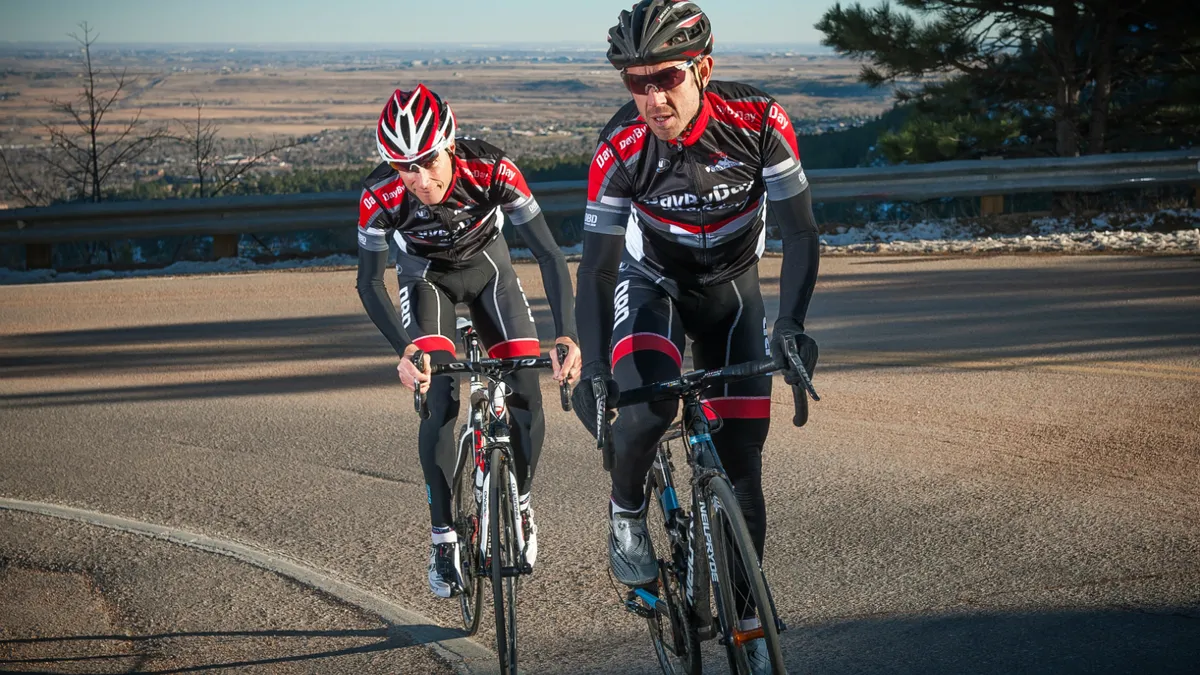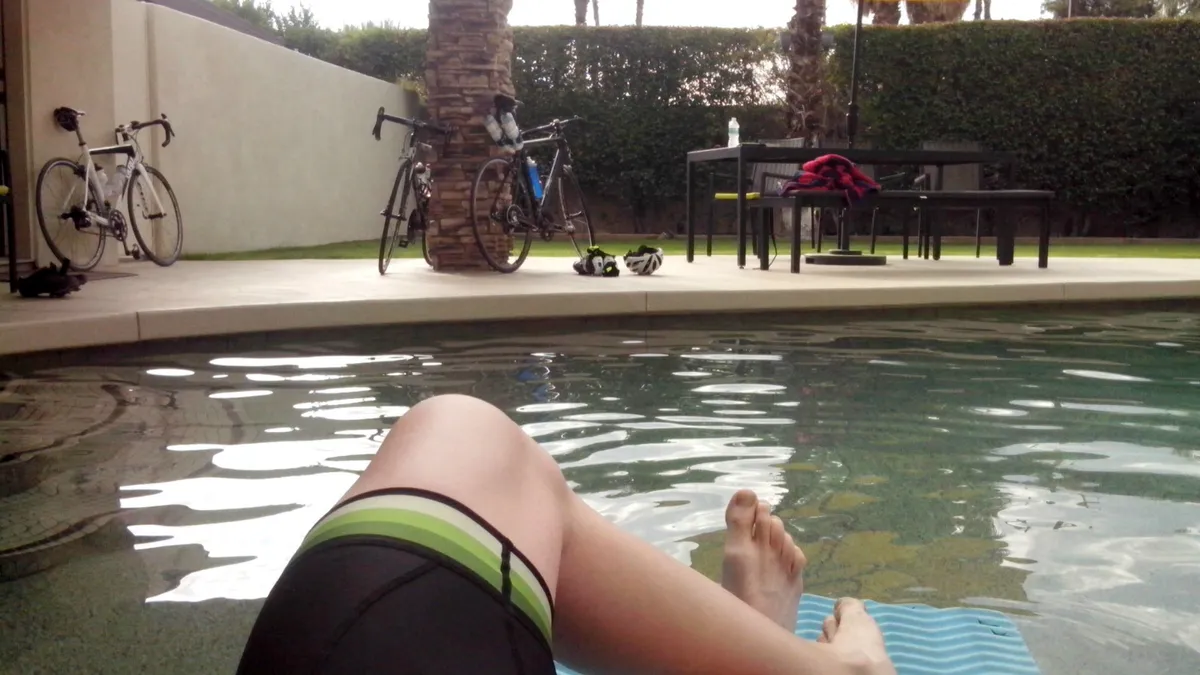Training for our beloved sport of cycling has become more complex at a staggering rate. Watts per kilogram, chronic training load, micro intervals, fat utilization crossover point, vertical ascension rate… it can get overwhelming quickly. These metrics add texture and accountability to the training process and are stepping stones to maximizing human athletic potential, but aren't what's most important.
Former pro Chris Baldwin of DayByDay Coaching says it's easy to lose focus on what really matters. In such cases, he likes to revisit the basics – "the umbrella under which all training should fall". Below are his top tips for simplifying you cycling training.
Don't forget to check out more of our Training Day by Day features.
1. Follow basic principles of progression
Gradually increase your training load in a challenging, but reasonable way. Consistency is paramount, a massive day followed by a physical and mental void is not the way to go. Fatigue is not static, it should slowly accumulate as a training block goes on.
Ideally, during a three week cycle, you'll feel good the first week, OK the second and tired the third. Then after a rest period, you should fully absorb the training, super compensate, and feel fitter than before. The same should apply for each week – fatigue will gradually build, and be unloaded on the rest days.
2. Work on your aerobic system first
Aerobic training lays the foundation that the remainder of your work rests upon. Without adequate work here, fitness peaks will be short lived and rate of recovery lessened. These adaptations take much longer than anaerobic ones to develop, so use available training time early in the training year to build endurance, strength and leg speed.
Baldwin says: “first we build a V-12, then we add a turbo”. This no longer means super slow miles, but work mostly under lactate threshold. If you don’t know your threshold, hone in on your breathing and make sure it’s a nice rhythm, and not excessive or gasping. Sometimes it’s better to pass on the fast bunch rides or early season races if you still need work in this department.
3. When you begin intensity and racing, make sure to increase rest and reduce volume
Intense training is difficult, and you need fresh muscles to execute the sessions properly. If you are doubting your recovery, err on the side of caution with that extra easy day or day off. The key to that aforementioned 'turbo' is hammering out quality interval sets, this requires sharp sensations and good energy levels.
4. Mid season: reset and start the process over again
Plan on splitting the season in two, and make sure to have a mental and physical break between them. This can be a week without riding, a mountain bike get-away, some cross training or just a nice easy week. When you begin again, start with endurance and then later add intensity. Going about your year this way will facilitate an upward spiral of fitness throughout the year.
5. When things go wrong, stick with low intensity work
We’re all human, and things can go wrong. Sickness, family life, work stress and other things can affect our energy levels and training.
When adversity strikes, Baldwin likes to get back to basics for a few days with simple zone two endurance rides. High end work can exacerbate sickness or excessive fatigue.
When the dust settles, it’s back to intervals and the like. Not only is this approach conducive mentally, it’s effective physically. Training always works best when it’s built around your life, not the other way around.
Previous Day by Day training columns
- Feeling sick or tired? When to train and when to rest stage 11
- How to cycle in extreme weather stage 10
- Training advice for the off season stage 9
- Descend like a pro stage 8
- There is no improvement without recovery stage 7
- Five exercises to improve your pedalling efficiency stage 6
- Climb like a pro stage 5
- Why positive thinking is important stage 4
- Nine tips for mental strength stage 3
- Nine golden rules for training stage 2
- The Grey: Improving your performance stage 1
Chris Baldwin recently retired from professional racing after 15 years. His results include two US national time trial championships, a Pam Am games silver medal and top placings in many stage races. Always a training nut and student of the sport, he now coaches with his friend Ben Day at DayByDay Coaching, sharing his experience and passion for all things cycling.
In future articles, Ben Day and Chris Baldwin will continue to share with you methods for improving your cycling, whether mental, physical or technique related. Do you have any tricks that you use or questions for future articles? Share them with the guys on Twitter–their handle is @daybydaycoachin and join the DaybyDay Coaching community.

